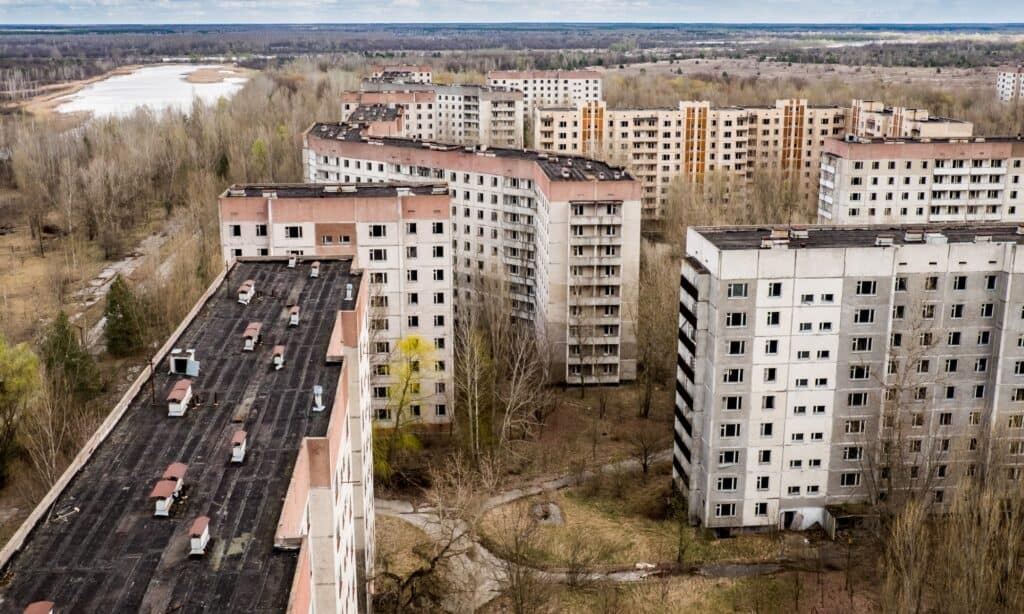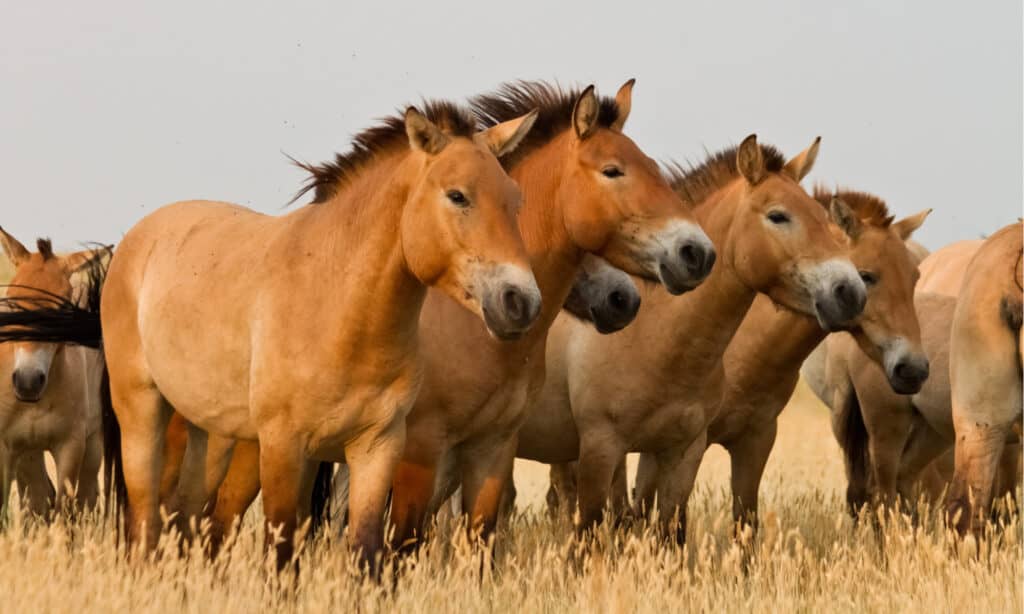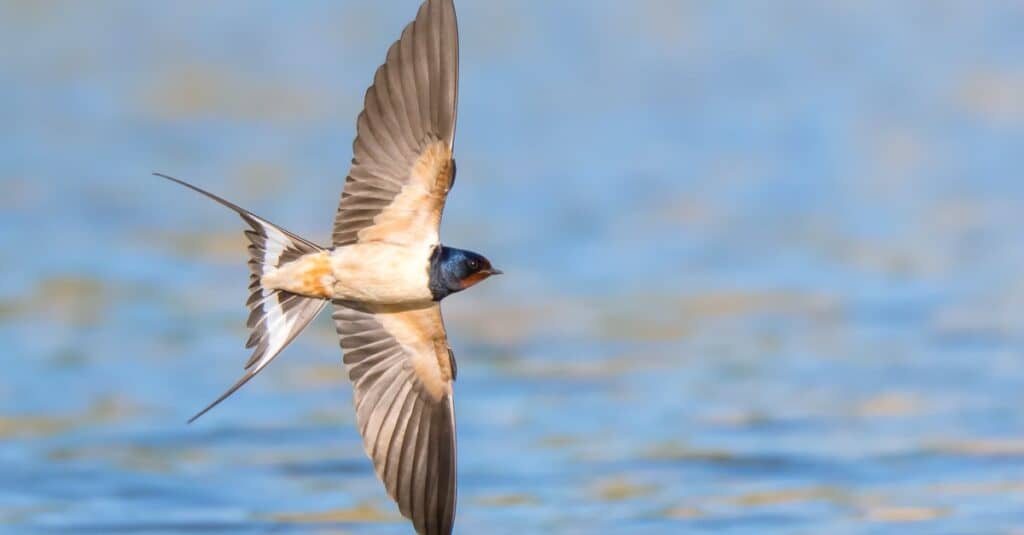Chernobyl was a terrible nuclear disaster that happened in 1986 and is a well-known event. Over 100,000 people were permanently evacuated from the area after a fire and explosion decimated the Chernobyl Nuclear Power Plant to avert radiation levels 20 times higher than those from the Hiroshima and Nagasaki bombings.
Everyone has talked about the effects on people and the environment, but what about animals? They were exposed; how did they react to the radiation? There are some heart-wrenching stories about the animals during the event and the aftermath. Some animals live in the exclusion zone, but are they different or altered by radioactivity? What about their life expectancy?
This article isn’t for animal lovers who are sensitive to animal suffering. It’s for the ones who want more facts and information about how this event affected the animals. It’s for feeding curiosity, not telling a story about how joy is magical. With that in mind, keep reading if you’re curious about the animals of Chernobyl.
What happened to the animals?

The Chernobyl tragedy left behind a devestating ghost town
©iStock.com/Tijuana2014
The radiation from the Chernobyl tragedy caused thousands of trees’ leaves to become rust-colored around the plant and in the neighboring Ukrainian city of Pripyat, giving the area’s woodlands a new name: the Red Forest. The radioactive trees were subsequently destroyed and buried by workers.
Right after the Chernobyl accident, ranchers noticed more genetic problems in farm animals. From 1989 to 1990, the number of deformities went up again. This may have been caused by radiation from the sarcophagus, which was meant to keep the nuclear core safe. In 1990, about 400 animals were born with birth defects. Most animals’ deformities were so bad that they only lived for a few hours.
Additionally, any stray animals were to be shot inside the 1,000 square mile Chernobyl Exclusion Zone by squads of Soviet conscripts. Even if there aren’t any wandering two-headed foxes, scientists have found that creatures impacted by the calamity have undergone major genetic changes even today.
A 2001 study in the journal Biological Conservation found that the number of genetic alterations in plants and animals brought on by Chernobyl rose by a factor of 20. Rare species of nesting birds in the area were disproportionately affected by the radiation of the explosion compared to common species. To fully comprehend the effects of the increased mutations, more study is required.
Animals are thriving

Brown bears are just one of the many animals which inhabit the Chernobyl exclusion zone
©Perpis/Shutterstock.com
Although many scientists now think the zone won’t be safe for humans for another 20,000 years, many animal and plant species have managed to survive and thrive there. The uninhabited habitat is home to over 200 bird species, as well as:
Exclusion Zone and Animals
Animals living close to Chernobyl had poorer health and could not reproduce for at least the first six months after the event. Since then, plants and animals have grown and mostly taken back the area. Scientists learn about the animals by taking samples of radioactive droppings and soil and using camera traps to watch the animals.
The area around the accident is primarily off-limits and is called the “Chernobyl exclusion zone.” It is over 1,600 square miles. The exclusion zone is like a refuge for radioactive animals. The animals may have fewer offspring and create mutant offspring because they consume radioactive food.
Dogs

Many dogs were left behind when their owners fled from the Chernobyl disaster
©nik174/Shutterstock.com
Animals in the exclusion zone fare better than others in some cases. For instance, the stray dogs of Chernobyl descended from animals abandoned by their owners depend on the generosity of people. Workers frequently share lunch in the exclusion zone around Chernobyl with the numerous stray animals that live there. Sadly, most canines in this area only survive to be four years old. Their early deaths were primarily caused by the severe winters in Ukraine, not necessarily by radiation.
As radioactive particles may be present on the dogs’ fur, plant employees are urged not to pet them. Specialized organizations are attempting to safeguard these animals from the dangers in the Chernobyl exclusion zone, but it is a challenging effort.
No offense, but you’re worse than Chernobyl.

Przewalski’s horses are doing surprisingly well in Chernobyl due to the lack of human interference
©Yantar/Shutterstock.com
Specific populations have increased. Ironically, the danger caused by people outside the zone may be greater than the destructive effects of radiation inside. In the exclusion zone, not every animal does well. Butterflies, spiders, and dragonflies are just some animals whose numbers have plummeted.
This is probably because the animals lay their eggs in the top layer of soil with many radioactive elements. Lakes have radionuclides that have settled into the sediment. Aquatic organisms are polluted and continue to have problems with their genes. There are frogs, fish, and insect larvae that are affected.
The Przewalski’s horse was almost extinct until it was introduced in 1998 to the Chernobyl region and other protected areas throughout the world to conserve the species. Horse populations have been growing in the absence of human habitation. They did better in radiation than near humans; that is appalling.
Birds

Swallows are one of the many animals affected by the radiation from Chernobyl
©Mirko Graul/Shutterstock.com
Even though many birds are living in the exclusion zone, they are still at risk from the radiation. From 1991 to 2006, researchers looked at barn swallows and found that birds in the exclusion zone had more abnormalities than birds in a control sample.
These abnormalities included deformed beaks, abnormal feather coloring, tail feathers, and irregular air sacs. Fewer babies were born to birds in the exclusion zone. Birds and mammals near Chernobyl also had smaller brains, sperm that was not correctly formed, and suffered cataracts.
Conclusion
The short-term effects of the Chernobyl nuclear disaster caused many people to leave behind their pet dogs and other animals during an untimely evacuation. It was indeed a sad event that the animals never got to see their owners return home, and many of them were killed in an attempt to prevent the spread of radiation.
Today, animals are still suffering the effects of radiation as they remain in a hazardous areas. Their lives are drastically shortened, they suffer deformities, and particular creatures don’t exist there. Despite what research would suggest, a handful of animals are thriving, and their population is increasing.
Even an almost extinct horse managed to excel in increasing its population in these toxic conditions more than with humans in their environment. Are humans worse than Chernobyl for animals? Science points to the possibility, and evidence shows it’s more likely. Sometimes animals can defy odds, and this most certainly would make an excellent case and point.
Up Next:
- The 10 Most Uninhabitable Places on Earth
- The 7 Most Polluted Lakes in the World
- Discover the Driest Place on Earth – 500 Years Without a Single Rain Drop!
The photo featured at the top of this post is © iStock.com/Tijuana2014
Sources
- Mental Floss, Available here: https://www.mentalfloss.com/article/586059/chernobyl-animal-facts
- Science, Available here: https://www.science.org/content/article/humans-are-worse-radiation-chernobyl-animals-study-finds
- UN Environmental Programme, Available here: https://www.unep.org/news-and-stories/story/how-chernobyl-has-become-unexpected-haven-wildlife
- Knowable Magazine, Available here: https://knowablemagazine.org/article/food-environment/2022/scientists-cant-agree-about-chernobyls-impact-wildlife
FAQs (Frequently Asked Questions)
Can you own a dog from Chernobyl?
Hundreds of stray canines roam Ukraine’s Chernobyl nuclear accident area decades later. Some are currently being adopted and brought to America.
Is the reactor of Chernobyl still hot?
Although it is not “melting,” some areas are heated enough for uranium atoms to fission more frequently than anticipated, releasing neutrons that further split up them. People are generally not very outraged, but that it is rising is concerning.
Thank you for reading! Have some feedback for us? Contact the AZ Animals editorial team.






